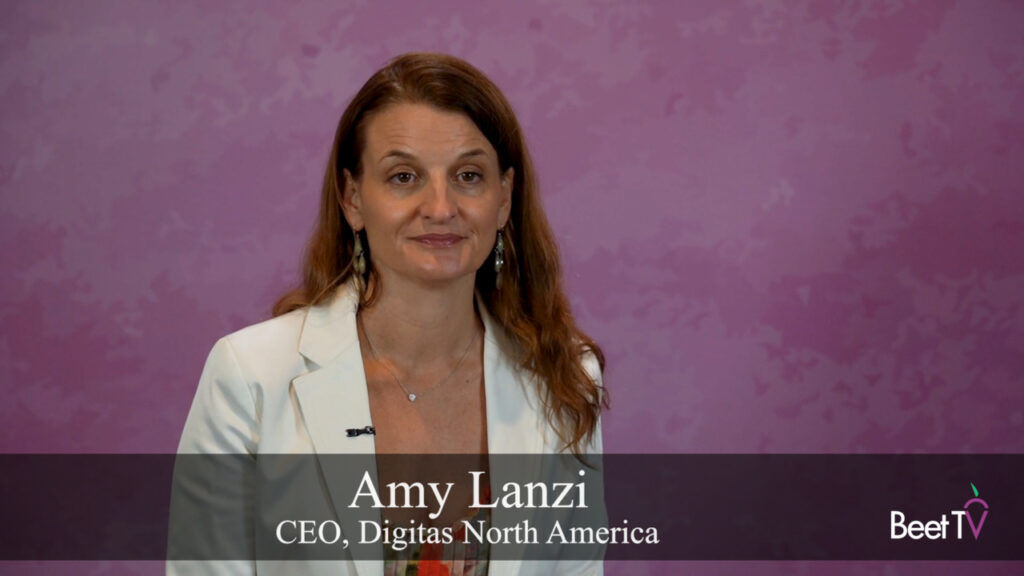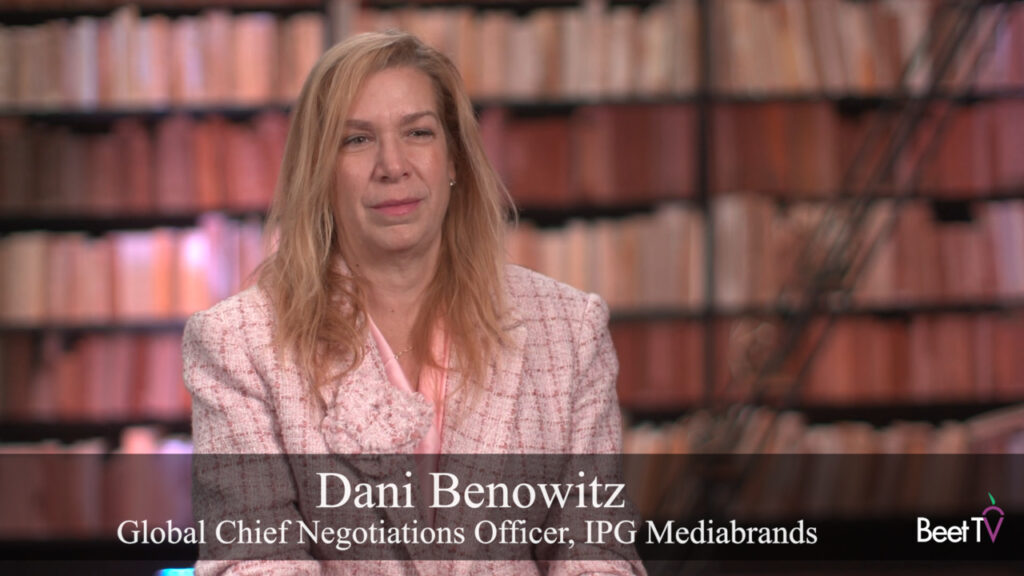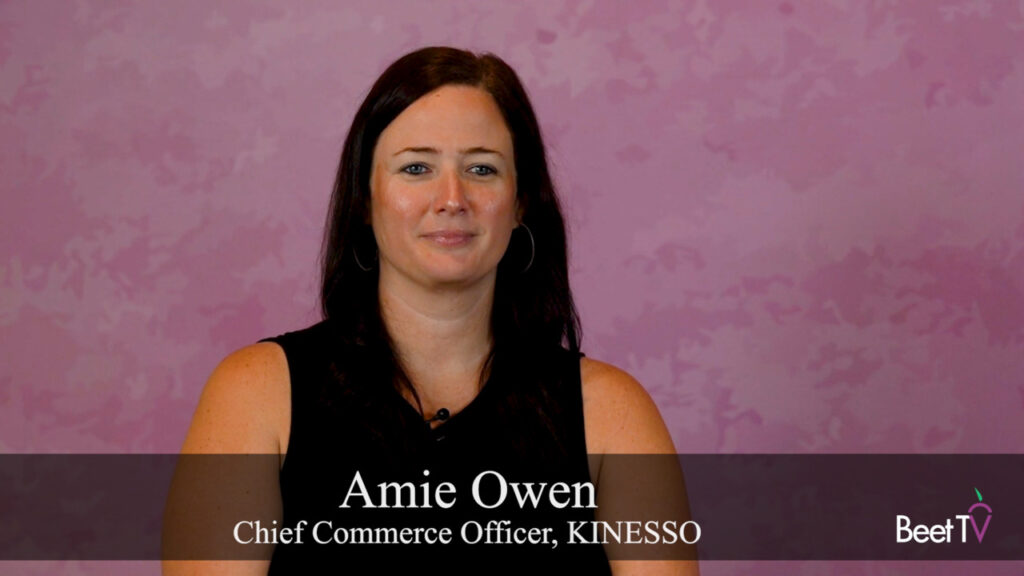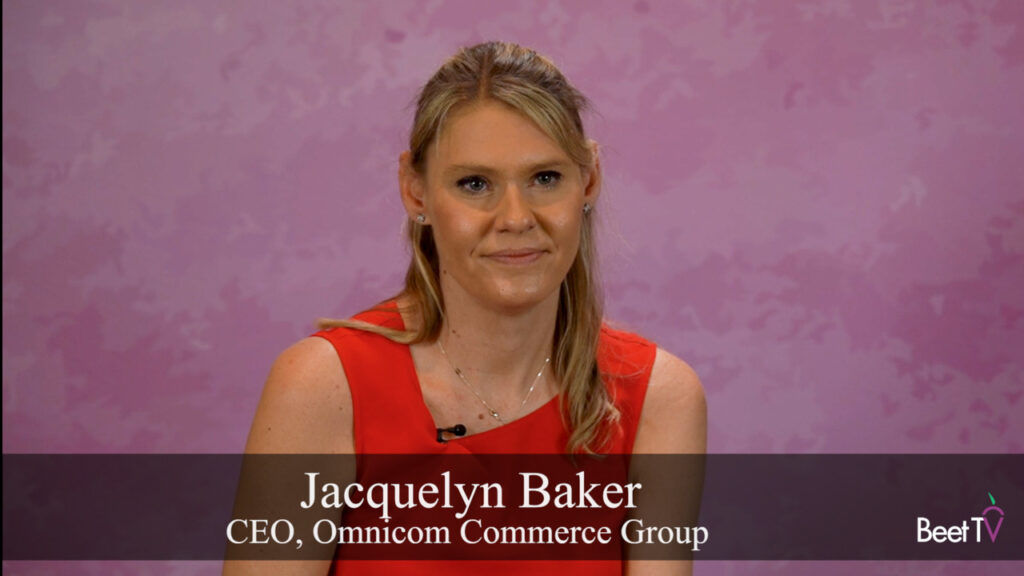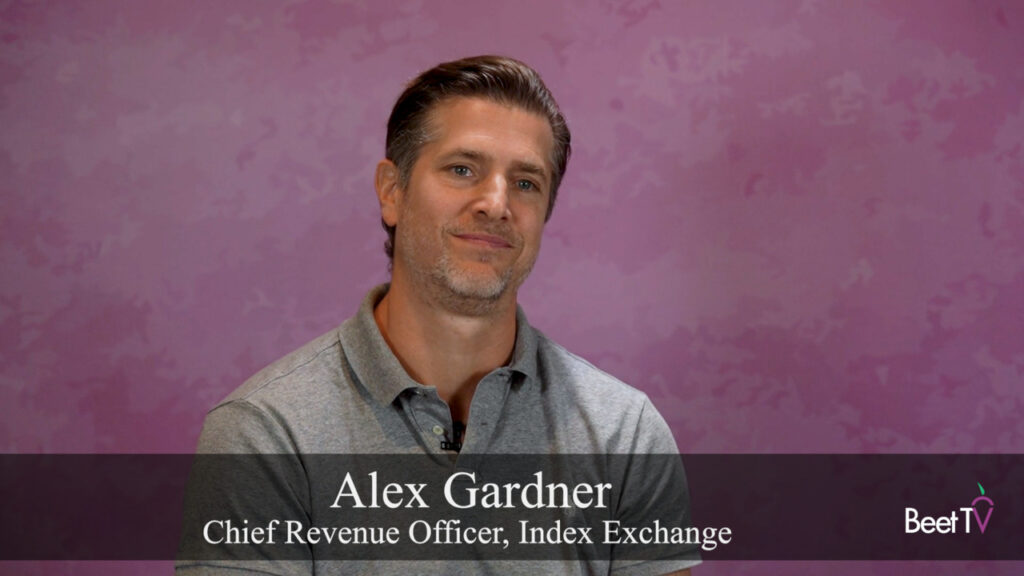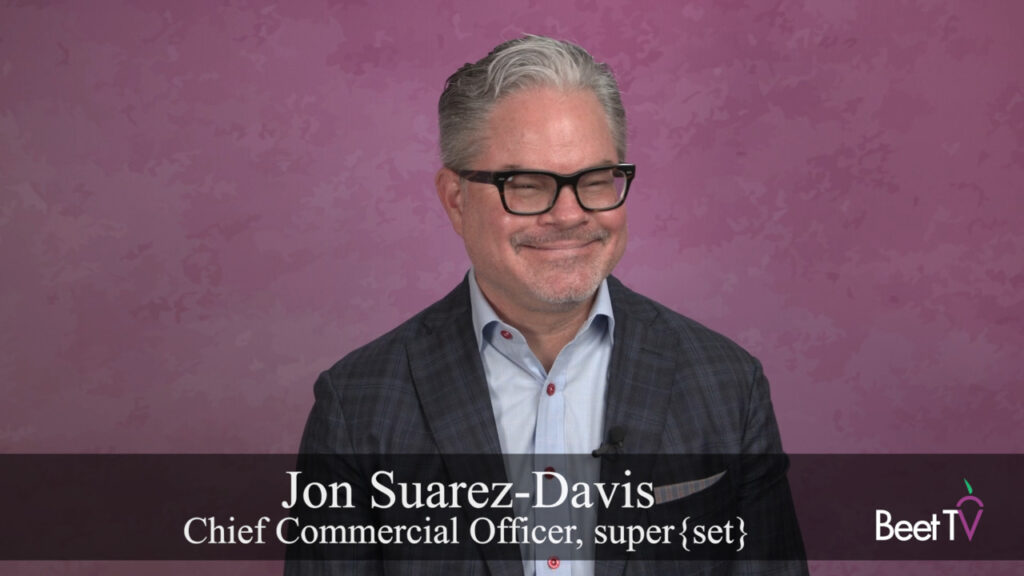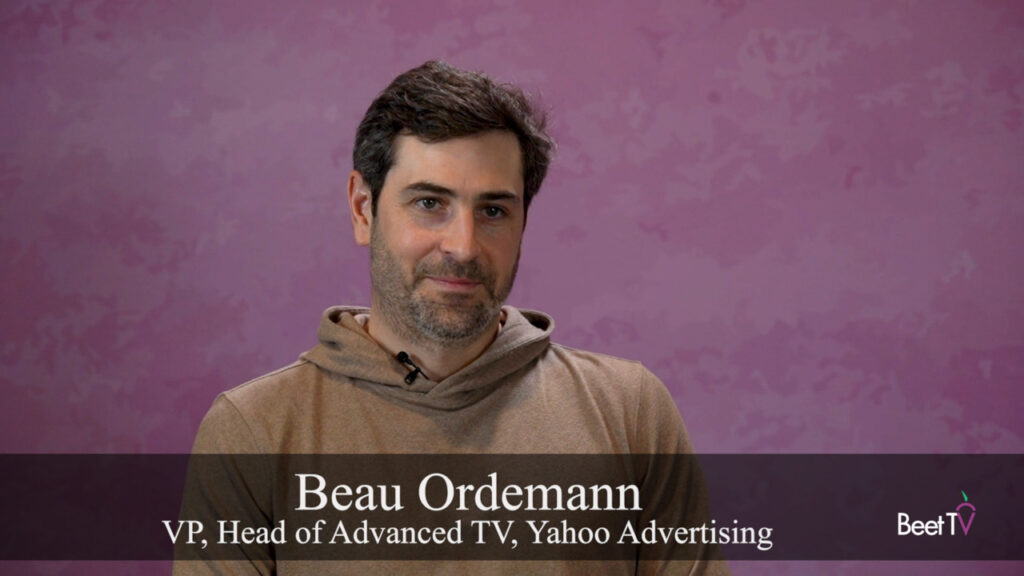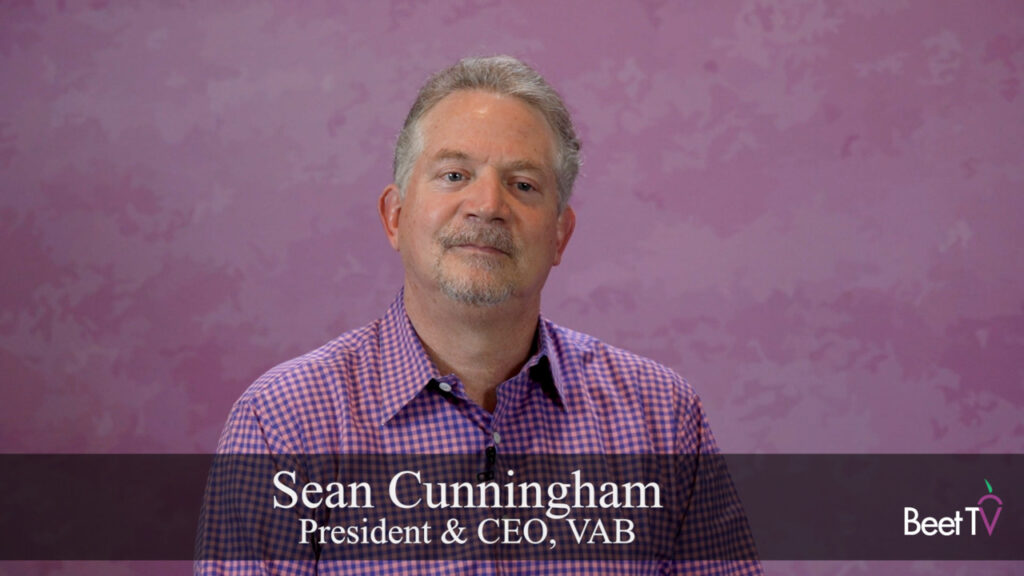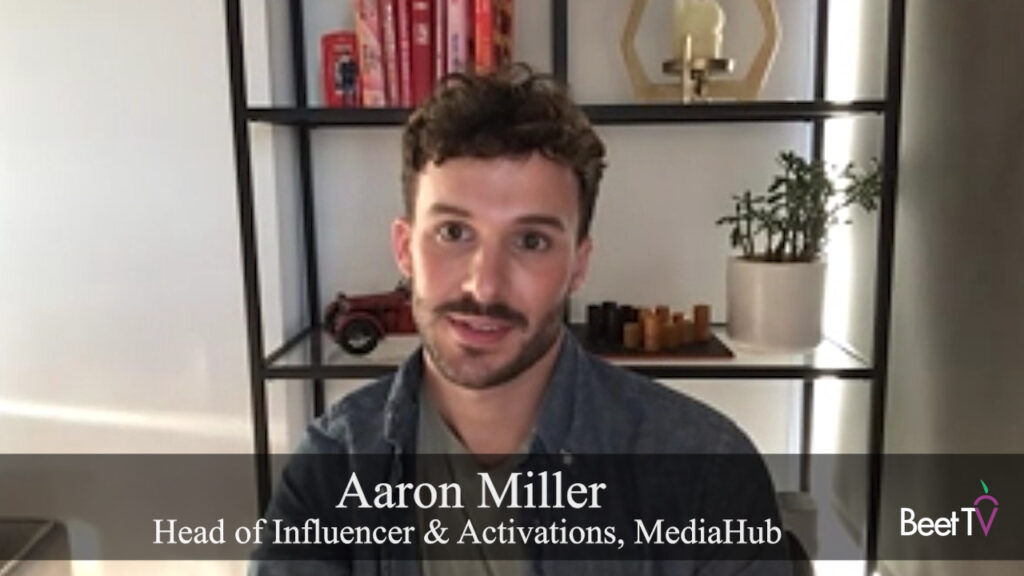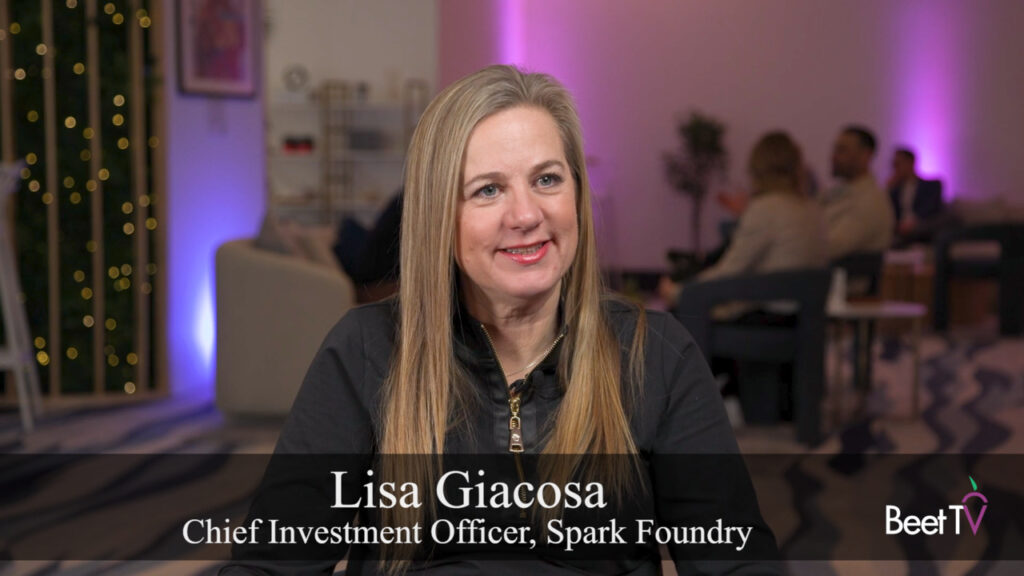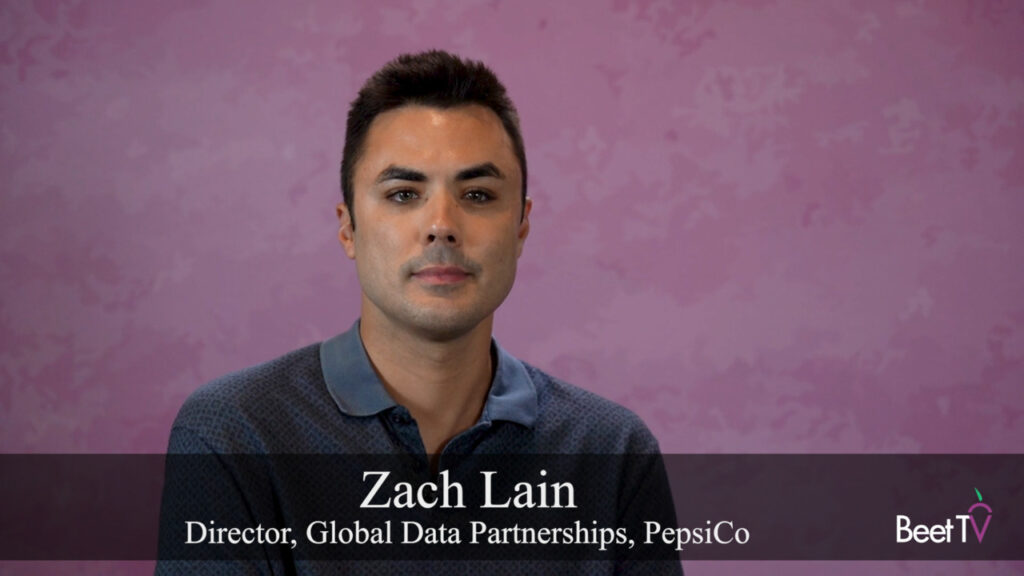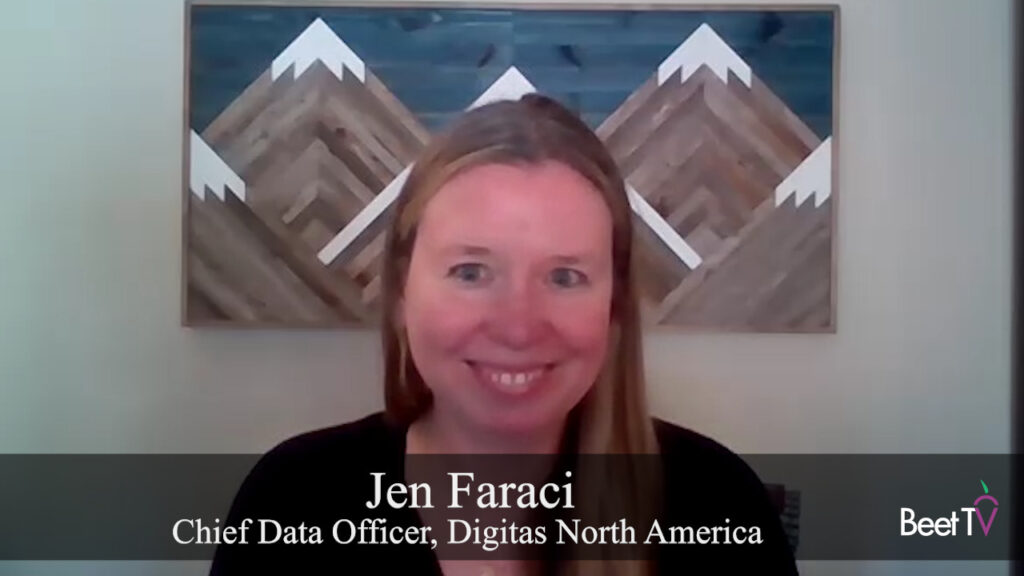TORONTO – If you had told Richard and Maurice McDonald, the founders of McDonald’s in the 1940s, that, one day, they would get to use fine-grain customer data to electronically target fans of particular meals in the palm of their hands, they might have looked at you crazy.
But, in 2021, that is exactly what ad men like Simon Ross are able to do, thanks to new technology.
In this video interview with Beet.TV, Ross, innovation director for OMD in Canada, explains how connected TV and mobile come together to ignite ad campaigns.
Lookalike chicken lovers
“I think first-party data is going to be a massive opportunity. particularly when we think about the cookieless future,” says Ross, whose OMD holds the media agency account for McDonald’s.
“A lot of our clients and a lot of the advertisers sit on a gold mine of first-party data.
“The opportunity is, if I’m a QSR (quick-service restaurant) and my latest TV ad is focused on promoting a chicken sandwich, for example, and I’m able to extract chicken sandwich lovers from my own first-party data, then I can then start uploading that first-party data into connected TV platforms and finding lookalikes or excluding existing buyers to ensure that we’re looking at targeting incremental audiences.
“I think connected TV is so well placed moving into the future.”
Targeting tactics
For quick-service restaurants, the pandemic has accelerated not only greater use of connected TV in ad campaigns but also greater use of digital platforms like mobile to engage with consumers, including for ordering and delivery.
TV advertising dropped by 14.1% in 2020, according to Group M.
But there are rays of optimism.
The potential for Esports is only just beginning. @ATVI_AB's @SXSW panel discusses how the impact of #esports will affect not only traditional sports, but the wider cultural landscape because of its potential to become a leading medium for direct connection. #client pic.twitter.com/RxamUTo4yS
— OMD USA (@OMD_USA) March 18, 2021
“Connected TV has been a massive opportunity,” says OMD’s Ross. “Pre-lockdown, we were seeing growth – and connected TV has consistently being part of our media plans.
“Since lockdown, what we’ve seen is that the volume of inventory has grown massively in Canada, and more and more of our budget has gone towards connected TV.
“I think it’s something like 10% growth in total volume, which sounds small, but actually has been a big growth driver in Canada.
“The data that some of the connected TV vendors and suppliers and partners sit on is absolutely gold, particularly when I think about the opportunities to extend our reach and to find incremental audiences that other platforms can’t find.
“I look at platforms like Samsung, who can essentially tap into and see if you’re a streamer, if you’re a gamer. They can see if you’re a cord cutter. They can see if you’re into sports.”
Oh, Canada
And Ross sees advantages for delivering CTV ad campaigns north of the border.
For one, the supplier landscape is “less cluttered” than the US environment, which has become marked by proliferation that has caused consumer and ad buyer confusion – thanks in part to having “fewer players”.
“Netflix is the biggest player in Canada, but the BTUs (broadcast distribution undertakings) in Canada, (there are) only three of them,” Ross explains.
“The landscape is much smaller, so the connected TV opportunities are much smaller in Canada as well.”
You are watching “Media Innovation: What’s Next,” a Beet.TV leadership series presented by Samsung Ads. For more videos, please visit this page.













